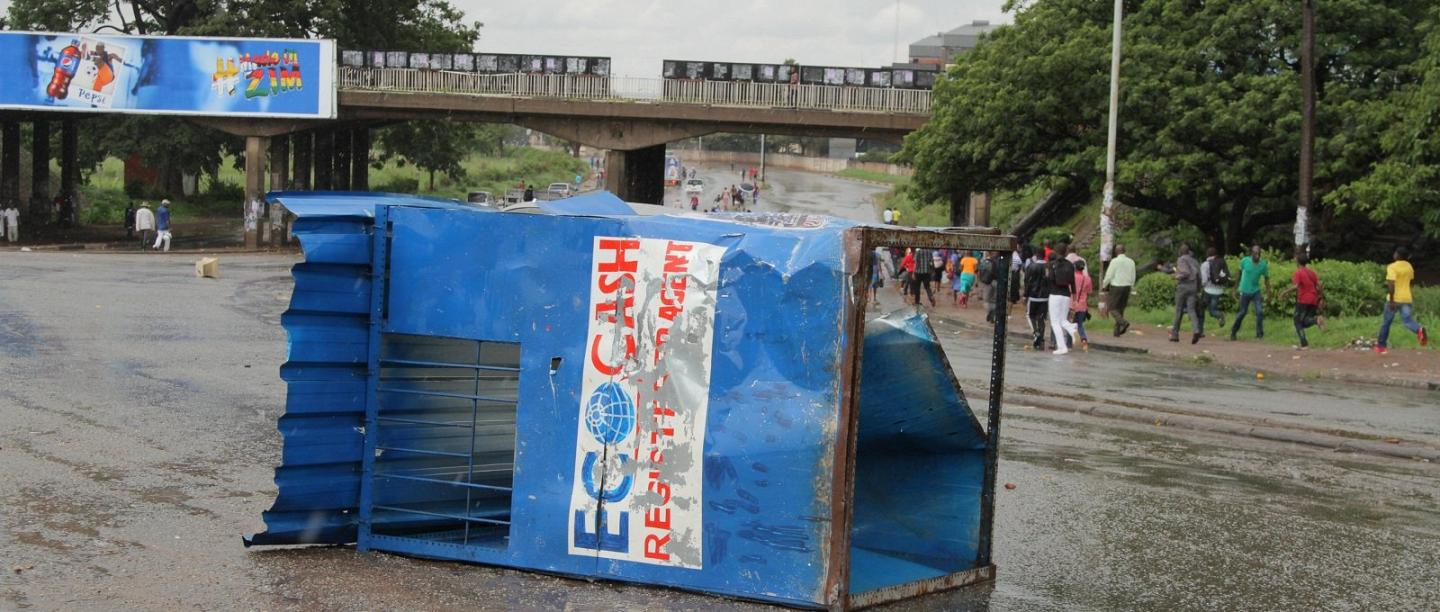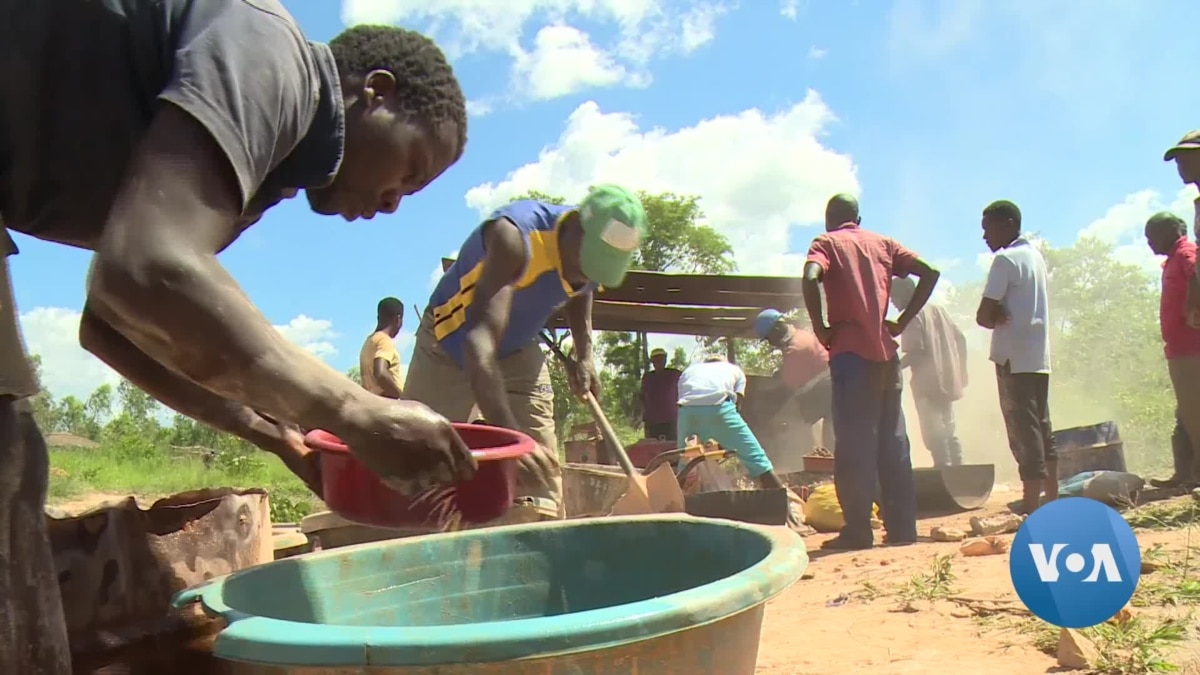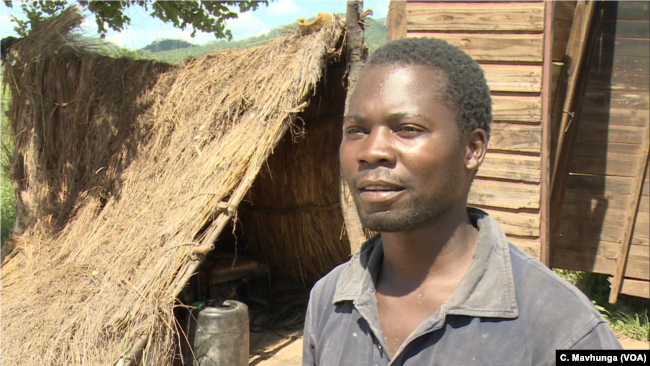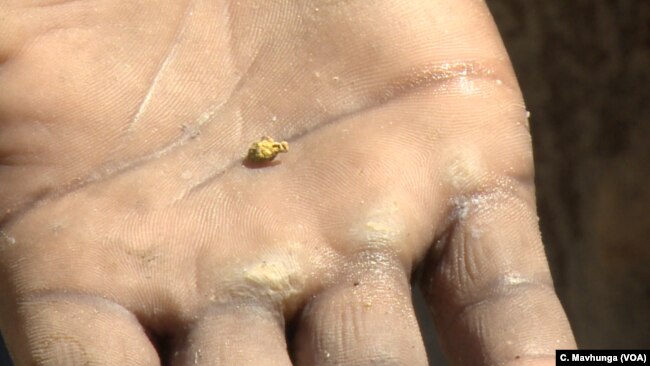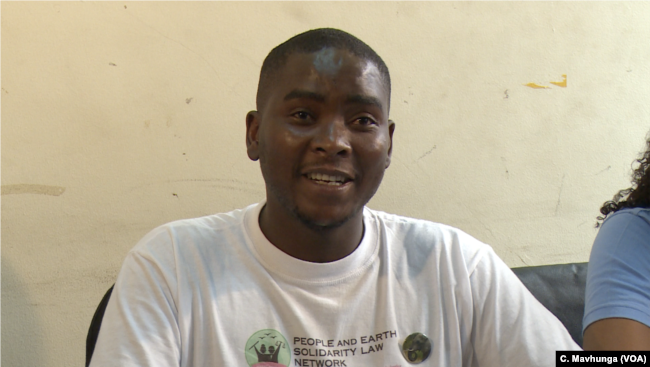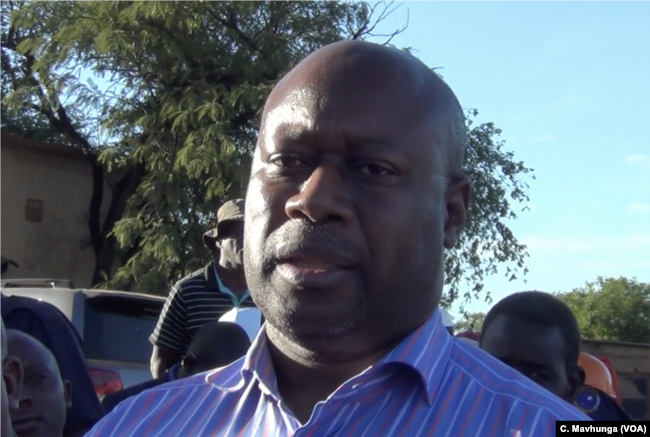The economic outlook of post-independence Zimbabwe resembles a fading cloth: with each wash it has lost its lustre, and as time goes on it threatens to disintegrate into a rag. After inheriting a sound economy – albeit one with deep socio-economic disparities – on gaining independence in 1980, the government of Zimbabwe has instituted decades of economic decline and ever widening inequality by prioritising political and economic capital over everything else.
In the 1980s there was confidence amongst ordinary citizens who generally did not understand the underlying economic structural functionalities. But this changed in the 1990s with the introduction of the Economic Structural Adjustment Programme (ESAP), supported by the World Bank, which introduced harsh austerity measures and economic liberalisation, thereby exposing workers to the harsh realities of neo-liberalism. The trend worsened as Zimbabwe trudged into late 1990s when large-scale retrenchments bit workers and destroyed the social fabric of the country.
The chaotic land redistribution programme, which started in 2000, forced Zimbabwe’s agrarian economy to its knees. Between 2000 and 2009, we witnessed a slump in agricultural production caused by the flight of experienced farmers and successive droughts. This in turn weighed heavily on the manufacturing sector which relies on agricultural produce for raw materials.
The economy briefly recovered from 2009 to 2014 following the introduction of a multi-currency system with the United States dollar as the base currency following the formation of a coalition government after the disputed 2008 election. But since 2015 the economy has been in recession.
All key socio-economic indicators have declined, with inflation, cash liquidity, the budget deficit and public debt all taking a turn for the worse.
Persistent shortages of foreign currency have spawned shortages of basic commodities and has driven the cost of everyday goods to record levels. The official year-on-year inflation rose from 2.97 per cent in November 2017 to 3.56 per cent in January 2018. By November 2018 it officially reached an all-time high of 31 per cent, the highest since inception of the multi-currency regime, although noted economists have put that figure at a staggering 186 per cent, making Zimbabwe’s rate of inflation second only to Venezuela’s 1.4 million per cent.
Rising inflation has had a devastating impact on ordinary citizens; incomes for those luckily enough to be in work or to have a pension have been massively eroded. Their predicament is worsened by the fact that most people do not have access to foreign exchange while service providers are demanding payment in hard currency. There are also tens of thousands of workers who are victims of wage theft. All of this leaves most people unable to pay for their basic needs, be it food, housing, education, healthcare or transport.
As if things couldn’t get any worse, in January 2019 the government increased the price of fuel by 158 per cent sending the economy into a tailspin that is likely to result in hyperinflation. Workers called for a stay-away and citizens joined in.
Workers face a wall of silence and an iron fist
Prospects of an economic recovery this year remain remote, as the country is unlikely to meet neither its economic growth projections nor its inflation targets. Current circumstances have forced Finance Minister Mthuli Ncube to revise the projected economic growth rate for 2019 from 9.0 per cent to about 3.1 per cent, and even this is unlikely to be achieved thanks to ever-declining confidence from the international community and the high cost of living. Unless the government and its social partners – namely business and labour – quickly and sincerely revive the social contract, labour unrest is likely to be a recurring feature of the months ahead.
Faced with an economic implosion and an agitated populace, instead of addressing economic fundamentals and engaging in dialogue, the government has sought to silence all of its critics. For years Zimbabweans have been calling for economic stability, electoral reforms, rule of law, institutional reforms and decent jobs, but they have met a wall of silence and an iron fist.
Damaging economic measures forced the Zimbabwe Congress of Trade Unions (ZCTU) to call for demonstrations in October 2018 which were quashed by the police. In January 2019, the ZCTU called for a stay-away and the state responded with brutal force unleashing the military which left about 17 people dead with reports of beatings, rape and other atrocities.
The ZCTU leadership has been in the firing line with ZCTU President Peter Mutasa and me not only facing trial for public order offenses following the October protests, but more recently we have been charged with the grave offense of trying to subvert the government. If convicted, we face 20 years in prison.
Over the past 12 months, teachers have also been under fire for going on strike to demand payment in US dollars as the value of all other forms of money (bond notes, electronic money) has plummeted. Members of the Amalgamated Rural Teachers Union of Zimbabwe have been hauled before the courts, while doctors and nurses have been arbitrarily dismissed for calling for better pay and working conditions.
The government is trying to intimidate organised labour so that it can pursue its austerity agenda undisturbed. As a result, the situation for trade unions is more precarious now than it was during the Mugabe era: the government is unilaterally imposing its decisions on civil service collective bargaining processes; trade union leaders are being targeted for arrest and detention; the courts appear to be captured and no longer sensitive to labour. Collective power, despite the state’s attempts to break it, is the only hope left for Zimbabwe’s workers.
11 ways Zimbabwe can move forward
Despite the seemingly hopeless nature of the situation facing labour in Zimbabwe, there are a number of ways that we can move forward.
Cutting government expenditure – the people have lost confidence in the government owing to fiscal indiscipline. The reality of government spending stands in stark contrast to its rhetoric. Senior officials must cut their expenditure and the foreign trips that have consumed millions of the country’s scarcely available forex.
Informal sector – Zimbabwe has the second largest informal economy in the world after Bolivia. These workers need access to capital and to be supported towards formality, rather than criminalised and attacked. Additionally, the government urgently needs to open credit lines for small and medium enterprises to recapitalise the economy.
End corruption – there is hardly a sector in Zimbabwe that hasn’t been blighted by corruption. The guilty need to be held accountable and the business community needs to be assured of the safety of its investments.
Encourage responsible foreign direct investment – printing more money will not solve Zimbabwe’s current economic crisis. Responsible foreign direct investment is the key to economic growth, and the government needs to create a conducive and sustainable environment for such investments.
Policy consistency – this remains a major challenge. Zimbabwe has various excellent blueprints for the positive transformation of the country, but these policies are never implemented. Government ministers must also refrain from issuing conflicting policy statements, as this tarnishes Zimbabwe’s already battered image.
Create decent jobs – Zimbabwe has an abundance of natural resources, from agriculture to minerals, and a huge skilled labour force. What is now needed is the political will and the right economic policies to create decent work for all.
Drop the dollar – although the introduction of the US dollar was necessary after the demonetisation of the Zimbabwe dollar in 2009, in the long-term Zimbabwe needs to reintroduce its own currency.
Rejuvenate production – production must be recapitalised starting with the agricultural, manufacturing and mining sectors. The land reform programme which started in 2000 destroyed an agricultural sector that was once described as ‘the bread basket of Africa’. With regards to manufacturing, there are cheap and affordable products that should be produced locally (matches, candles and mineral water, for example), but currently they are all being imported. Meanwhile, the mining sector lacks product value addition. How can Zimbabwe be the second largest platinum producer in the world but the majority of its people live in absolute poverty?
Curb illicit financial flows – serious levels of illicit financial flows have been recorded in the mining sector, while our unfortunate economic circumstances have led the government to mortgage our mineral wealth to bogus ‘investors’ hellbent on looting our minerals. The government must come up with strict laws to curb these losses. Zimbabwe’s diamonds are said to be worth US$60 billion but who benefits from the proceeds? Certainly not ordinary Zimbabweans. Instead US$15 billion from the nation’s diamond sales are unaccounted for and have likely been siphoned out of the country. This needs to stop.
Real reforms – the country’s image is severely dented owing to its poor human rights record, the absence of the rule of law and the recent military clampdown on civilians protesting against widespread hardships. Zimbabwe’s government needs to engage in practical and meaningful reforms on every level. Despite the crushing national debt, no credit lines will be open to Zimbabwe until this takes place.
Social dialogue – an all-stakeholders dialogue platform needs to be put in place urgently. The inclusion of opposition parties, trade unions, religious institutions, academia, students and other parts of civil society is crucial. The ‘command’ style of governance favoured by the current administration has proved to be incredibly ineffective. Key government policies are repeatedly announced without effective stakeholder engagement and the result has been resistance. Respecting the social contract will build the trust, transparency and accountability Zimbabwe needs to prosper.

